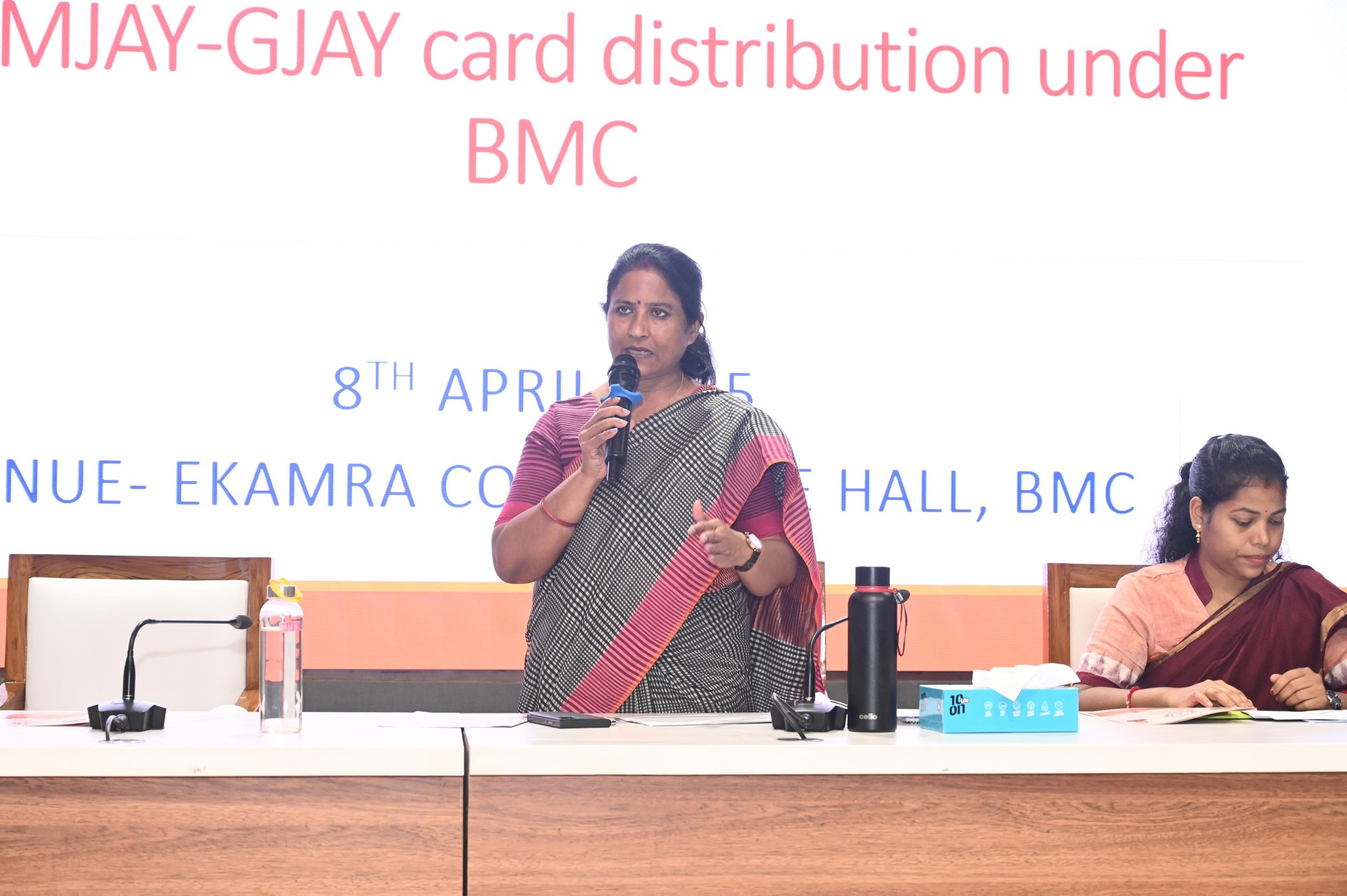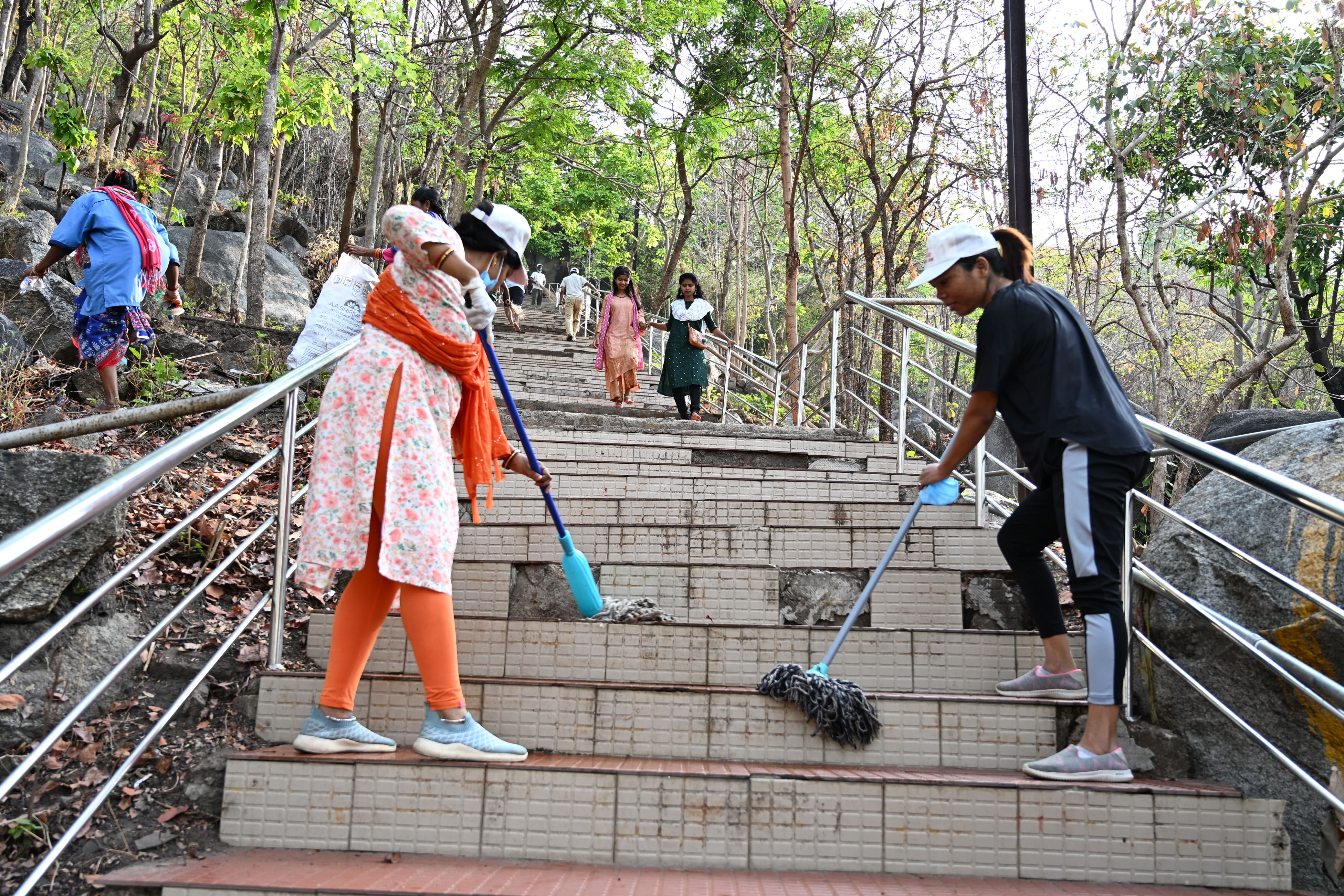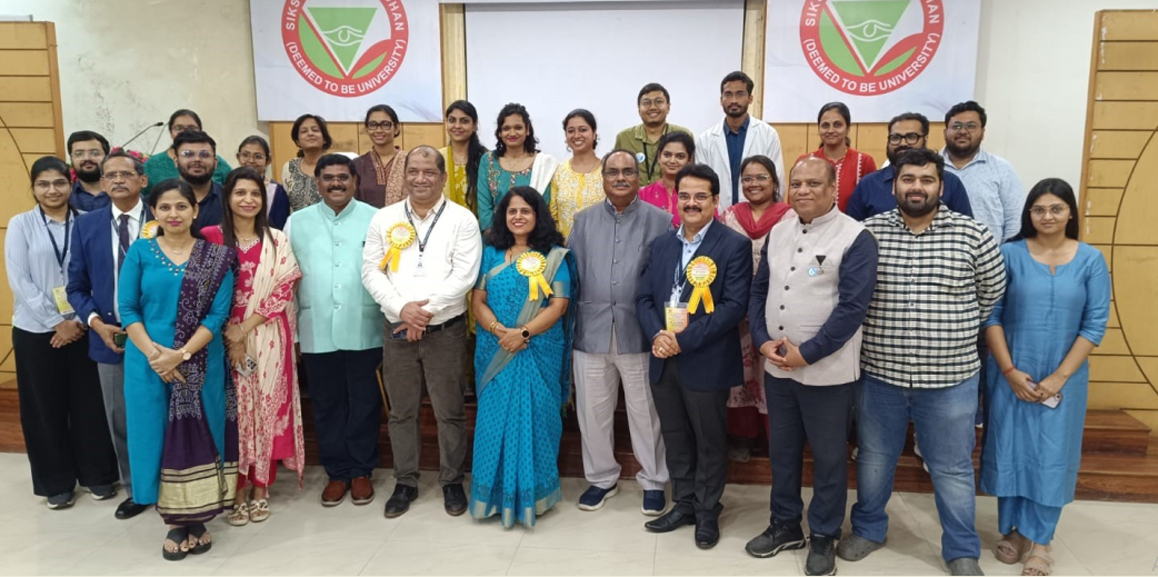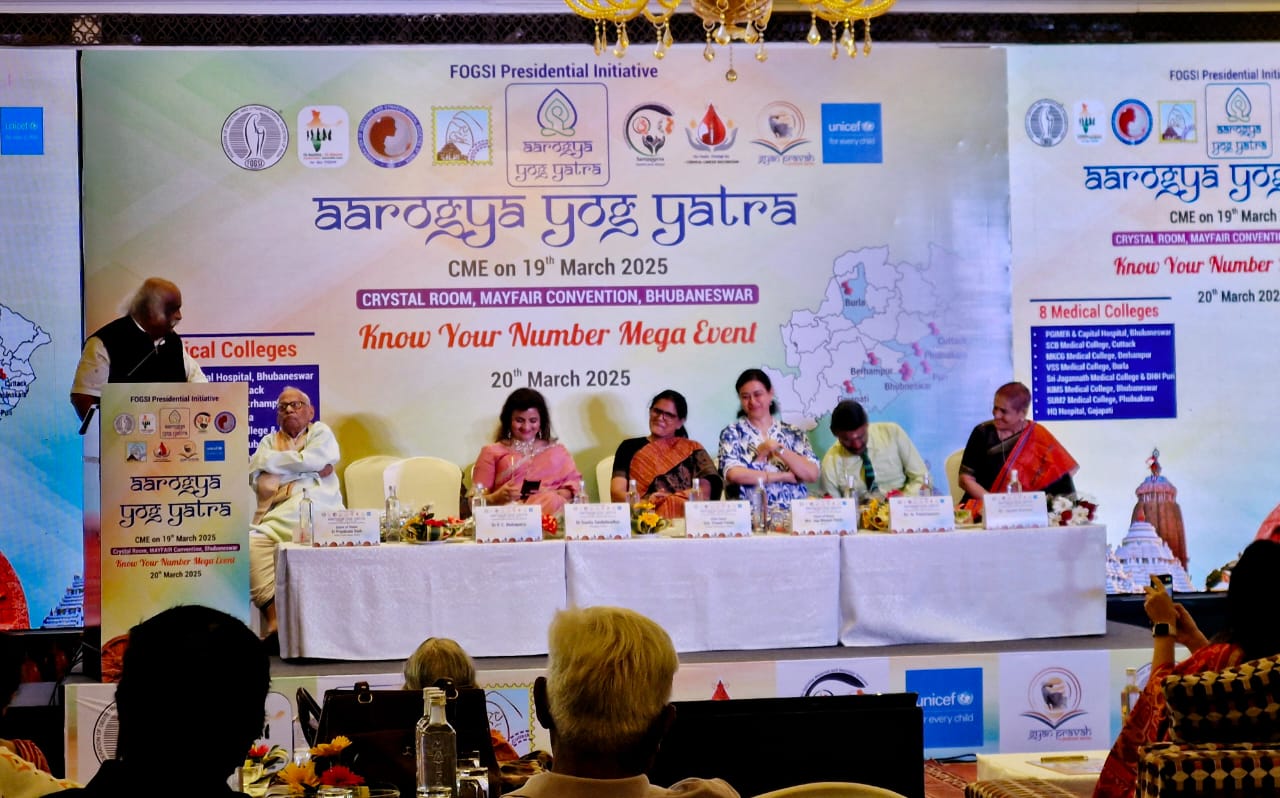Bhubaneswar: In the glass-and-concrete landscape of Bhubaneswar's IT parks and corporate offices, thousands of workers sit hunched over computers for hours each day. What many don't realize is that their comfortable office chairs are slowly becoming the source of a serious health crisis – one vertebra at a time.
Dr. Prativa Mohapatra, orthopedic specialist at AIIMS Bhubaneswar, has witnessed an alarming trend in recent years. "A decade ago, serious spinal issues were primarily seen in patients over 50. Today, I'm treating 25-year-olds with disc problems typically associated with aging," she explains. "The human spine wasn't designed for prolonged sitting. We're seeing the consequences of this unnatural posture across Odisha's workforce."
The statistics paint a concerning picture. According to a recent survey conducted by the Odisha State Medical Association, nearly 68% of office workers in major urban centers like Bhubaneswar, Cuttack, and Rourkela report experiencing chronic back pain before the age of 40.
For Debashish Pattnaik, a 32-year-old software developer at an IT firm in Infocity, Bhubaneswar, the consequences became impossible to ignore. "I dismissed the initial discomfort as just tiredness," Pattnaik recalls. "By the time I consulted a doctor, I had developed a herniated disc that required significant physiotherapy and completely disrupted my life for months."
The problem isn't limited to back pain. Dr. Biswajit Sahoo, a neurologist practicing in Cuttack, points to a constellation of health issues stemming from sedentary work patterns. "Beyond spinal degeneration, we're seeing increased rates of obesity, cardiovascular issues, and even cognitive impacts. Sitting is the new smoking," Dr. Sahoo emphasizes. "Your body enters what we call 'dormant mode' when seated for extended periods, slowing metabolism and reducing blood circulation, particularly to the brain."
The Covid-19 pandemic further exacerbated these problems. When Odisha's corporate sector shifted to work-from-home models, many employees found themselves in even worse ergonomic conditions than their office setups.
"Working from my apartment meant using my dining chair for 10-hour stretches," shares Sanjukta Mishra, an accountant from Berhampur who now suffers from chronic cervical spondylosis. "Without proper lumbar support or desk height, my neck and upper back bore the brunt. Two years later, I still can't turn my head fully without pain."
Dr. Manoranjan Rout, who heads the Department of Physical Medicine and Rehabilitation at SCB Medical College in Cuttack, points to a troubling trend he calls the "tech neck" phenomenon. "The constant downward gaze at screens forces the cervical spine into an unnatural position. For every inch your head tilts forward, the pressure on your spine increases by approximately 10 pounds. Many Odia office workers maintain this position for hours without relief."
Traditional Odisha lifestyles once emphasized more movement. Satyabrata Behera, an anthropologist studying work culture shifts in the state, notes: "Our ancestors in Odisha rarely remained in fixed positions for extended periods. Agricultural work, handicrafts, and even traditional administrative roles involved regular movement. Today's static work posture represents a dramatic departure from our biological and cultural heritage."
Some companies in Odisha are beginning to recognize the problem. Mindtree's Bhubaneswar campus recently implemented mandatory stretch breaks and installed standing desk options. Similarly, TCS offices in the state have introduced ergonomic assessments for employees.
"Initially, I was skeptical about the standing desk my company provided," admits Priyanka Jena, a marketing professional in Bhubaneswar. "Now I alternate between sitting and standing throughout the day. The difference in my energy levels and back comfort is remarkable. I wish I'd started years earlier."
Dr. Mohapatra recommends a simple 20-20-20 rule: "After every 20 minutes of sitting, stand for 20 seconds, and focus your eyes on something 20 feet away. This simple practice can significantly reduce spinal strain and eye fatigue."
For those unable to modify their work environments, Dr. Rout suggests core-strengthening exercises that can be done even while seated. "Strong abdominal and back muscles provide better support to your spine. Simple isometric contractions performed at your desk can make a significant difference over time."
The financial impact of these health issues is substantial. The Odisha Chamber of Commerce estimates that companies in the state lose approximately Rs. 1,200 crore annually to absenteeism and reduced productivity related to posture-induced health problems.
Raghunath Mohanty, a 48-year-old bank manager from Balasore, represents the more severe end of the spectrum. "After 22 years at my desk, I needed spinal fusion surgery. The doctors told me it was entirely preventable had I maintained better posture and movement patterns throughout my career."
As awareness grows, preventive approaches are gaining traction. Yoga studios specializing in corporate wellness have opened across Bhubaneswar and Cuttack. Corporate wellness programs incorporating traditional Odiya movement practices are finding receptive audiences.
"Sitting is inevitable in today's work culture," concludes Dr. Sahoo. "But sitting poorly for hours is a choice we shouldn't make. Our bodies are designed for movement—even small adjustments throughout the workday can prevent years of pain and medical intervention later."



















































